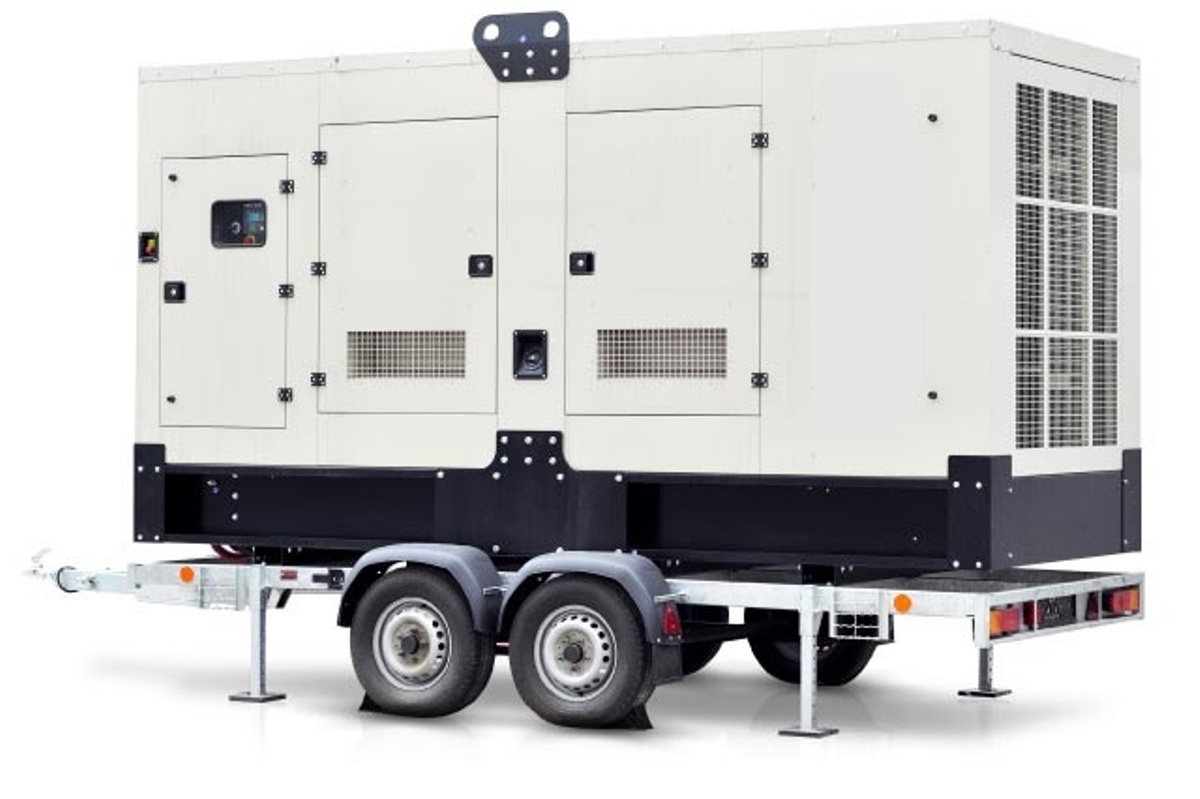
The global market for rheumatoid arthritis treatments is expected to grow at a CAGR of...
Learn More
Our consulting solutions address company specific challenges with respect to micro environment...
Learn More
Organizations frequently need day-today research guidancein order to gain strategic...
Learn More
Exploring different areas of market research and market analysis is a key factor...
Learn MoreAcute Market Reports presents the most extensive global business research services across industries. Our research studies focus on potential outcomes, benefits, and risks associated with each market segment across geographies. Having served our global clients for more than 10 years, our prime priority is to enable our clients in making well-informed business decisions through a data-driven, analytical, and uncomplicated research approach.
We provide access to the world's most comprehensive, analytical, and updated business intelligence services and solutions.




The timber logistics market encompasses a range of services aimed at efficiently transporting, storing, and managing timber and related products. The market is expected to grow at a CAGR of 4.8% during the forecast period of 2025 to 2033, driven by i...
Read More
The aviation fuel market is expected to grow at a CAGR of 14.2% during the forecast period of 2025 to 2033, driven by the growing demand for air travel, stringent environmental regulations, and advancements in fuel technologies. The market is segment...
Read More
The mobile energy storage systems market is expected to grow at a CAGR of 11% during the forecast period of 2025 to 2033, fueled by key drivers such as advancements in battery management software, rising demand for plug-and-play solutions, and increa...
Read More




